What You Need To Do To Be An Effective Leader
In Jacob Stoller’s book The Lean CEO, he states that 95% of lean transformations fail. The cause? People. So much of the time employees are burnt out, scared or frustrated. But this doesn’t mean you should point the finger of blame at staff. After all, as W. Edwards Deming highlights, that transformation starts with you – the leader.
Here, The Manufacturing Institute’s Leadership and Enterprise Excellence Coach, George Donaldson, lays out what you need to do in order to lead effectively.
Start at the top
Great performance is only about 1% vision and 99% alignment. However, alignment is notoriously a challenge – especially when it comes to the senior team.
Only once management is aligned can you then bring everyone else along on your transformation. For this, they must recognise their purpose and goal, and then follow these tips to ensure everyone’s on the same page:
- Be open about the transformation’s implications for daily work
- Ensure everyone understands how their work relates to the vision
- Empower teams to match their day-to-day capacity to demand
- Enable employees to make behavioural changes
- Communicate across the business about the transformation’s progress and success
Lead, don’t manage
You need to transform into a leader, because management is different to leadership. Management is all about working in the system – the likes of planning, budgeting and problem-solving. Leadership is working on it – creating the constancy of a vision, developing the strategy, and inspiring people to achieve their full potential.
But 94% of daily business issues are down to the system. In fact:
“Put a good person in a bad system, and the bad system wins hands down.” – W. Edwards Deming
Leaders need to work on the system so that managers and associates can do the right work, in the right way, at the right time. But first, they need to move away from spending the majority of their time on management activities. They simply can’t transform into a leader otherwise.
Understand variation
You and I both know that everyone’s different. But when it comes to leadership, we seem to forget it.
Stephen Covey once said that “The results we get in our lives depend on what we do. What we do depends on how we see the world around us.” As we all see the world so differently, this will influence us in distinct ways, and trigger unique outcomes for the business.
To be an effective leader, you need to recognise that people have different values and learning styles. The way they interact, think, make decisions and work with others are all very particular to them. Every process and person generates variation. So we must understand and embrace that difference if we are to unlock their potential.
Promote creativity
It’s been found that only 2% of 40-year-olds are creative, compared to 98% of 5-year-olds. We’re all born with high levels of intrinsic motivation, self-esteem, dignity, curiosity, cooperation and an inclination to learn. However, the ‘forces of destruction’ – including education, merit systems, bonuses, numerical goals and work systems – cause us to lose this over time. Fear and doubt sink in instead.
Leaders need to fight against these forces to encourage creativity. They should build safe and secure environments where teams feel empowered, a sense of belonging, and able to add value and be their very best.
Maslow’s hierarchy of needs can help here. As a leader, you need to help staff fulfil one level at a time, and in order – from basic physiological needs to self-actualisation. This means we need to shift away from being focused on results, and towards boosting engagement. The best way to achieve this is by allowing more autonomy.
Recognise your role
If transformation starts with you, I really think you have to know yourself – including your blind spots. You have to be available as a leader.
Make sure you always listen and learn to every member of your team, so you can help others transform their attitudes and behaviour. Ask questions instead of giving answers, and act as a mentor that develops employees. Ensure they feel valued, and let them give their opinions.
Writer on business management practices Tom Peters said that the best four words a leader can say is ‘what do you think?’ I wholeheartedly agree. Nothing shows that you care about employees quite like being open to opinions and willing to learn from others. This will require you to leave the office once in a while for the manufacturing floor, and get truly immersed in all levels of the business.
We created our leadership development bootcamp so that leaders like you are able to make positive transformations not just on the shop floor, but to your culture as well. In this way, you can drive your team to success and continuous improvement.
To learn more about the benefits of the bootcamp and how it is delivered, speak to our team today.











